Using Cuttings And Leaf Cuttings To Propagate Your Houseplants
It's fun and easy to use cuttings and leaf cuttings to propagate your houseplants, and it's less expensive than buying them.


When you have some favorite plants that are outgrowing their place or need to replace some short-lived plants, taking cuttings is a good way to grow some replacements. It's also a great way to increase the number of plants you have in your collection. Read on to learn more.
How to Propagate Houseplant Cuttings
You don't need anything more than some clean flowerpots, a sharp knife, and some cutting compost. A few short sticks might come in handy to support the new cuttings as well.
You have to be sure you provide a lighted place with an even temperature of 55 to 64 degrees F. (13-18 C.); more for tropical plants. You can grow more than one cutting in each pot as well.
Plants like ivy (Hedera) and anything else that has long, trailing stems with leaves growing at intervals along the whole length, can be propagated from a simple cutting taken from a length of stem without the need for stem tips. They grow easily. One long piece of the stem can be divided into several pieces that can be planted up into pots of cuttings compost, watered, and covered in a plastic tent until you see new growth. When new growth appears, it indicates that the young cuttings have taken root and are mature enough to be safely potted.
A leaf petiole cutting uses a leaf and its stalk (the petiole). If you have soft-stemmed plants, they root well this way, and this method is often used for African violets (Saintpaulia).
Pick your plant by making sure it has plenty of leaves. Make sure the leaves you choose have firm, fleshy petioles. Cut the leaf stalks at the base and trim the stems down until they are 3 to 4 inches (8-10 cm) long. Dip the petiole tips in hormone rooting powder and place cuttings in a pot of cuttings compost. Make sure the pieces are standing so the leaf doesn't get wet. Cover the pot with plastic and keep it warm until new growth appears.
To take tip cuttings, pick a healthy plant with lots of well-developed stems. Take your cuttings from the outside of the plant because the newer, softer pieces won't grow a root as well. Keep the cuttings in good light and warmth until new growth shows that roots have taken. To encourage bushy growth, pinch them out at the growing points as they grow.
Gardening tips, videos, info and more delivered right to your inbox!
Sign up for the Gardening Know How newsletter today and receive a free copy of our e-book "How to Grow Delicious Tomatoes".
When taking cuttings, use a sharp knife or scalpel to cut a 3 to 5-inch (8-13 cm.) length of the stem. Make sure the growing tip is at the end. Make your cut above the leaf joint or node and be sure to cut it at an angle away from the joint. Just below the bottom of the leaf joint is where you should trim the stem. The leaf joint is where new roots will develop. You need to cleanly slide off the lower leaf or pair of leaves.
If you are busy getting several cuttings, you can keep them in water until you're ready to transplant. You'll want to make a hole in a pot of compost. Dip the cutting in rooting powder and stick it in the compost. Make sure the leaves are not touching it. Finally, just water the compost from above. To conserve moisture, you can make a tent with a plastic bag and put it over it. When you take cuttings from the African violet, these leaf petiole cuttings can be rooted in water. Just cover the top of a bottle with kitchen paper held in place with a rubber band. Poke a hole in it and stick the cutting through it. If you keep it warm, light, and draft-free, you will ensure that you have plenty of new violet plants to take care of. If you are taking stem cuttings, using a sharp knife cut off a good length of the stem. Cut the plant just above the leaf joints and divide the stems into small pieces. Make sure each piece has a leaf.
Stick the cuttings into a pot of cuttings compost. You can place several in a pot. Don't place the cuttings too close to the edges because compost at the edges becomes too dry. Water the pot and then cover it with a little plastic tent. Make sure the leaves don't touch the plastic. W
hen you see small new leaves, then the cuttings have rooted. These should then be transferred to smaller pots of potting compost.
All of these are great examples of what to do when you want more plants. These are easy-to-follow ideas for how to build your collection or improve your indoor garden. Sometimes it's trial and error, but for the most part, once you get started, there's just no better feeling than knowing you did this all by yourself.

Heather Rhoades founded Gardening Know How in 2007. She holds degrees from Cleveland State University and Northern Kentucky University. She is an avid gardener with a passion for community, and is a recipient of the Master Gardeners of Ohio Lifetime Achievement Award.
-
 Try The Trend – Turn Any Bed Into A Keyhole Garden With This Clever In-Ground Composter
Try The Trend – Turn Any Bed Into A Keyhole Garden With This Clever In-Ground ComposterKeyhole gardening is an efficient and sustainable practice that saves space. Get started on this DIY project quickly and easily with an in-ground composter.
By Bonnie L. Grant
-
 4 Superfast Composting Methods: Turn Waste Into Garden Gold In 30 Days Or Less
4 Superfast Composting Methods: Turn Waste Into Garden Gold In 30 Days Or LessTry the fastest composting methods to turbocharge your pile and transform kitchen scraps and garden waste into finished compost in just a few weeks.
By Mary Ellen Ellis
-
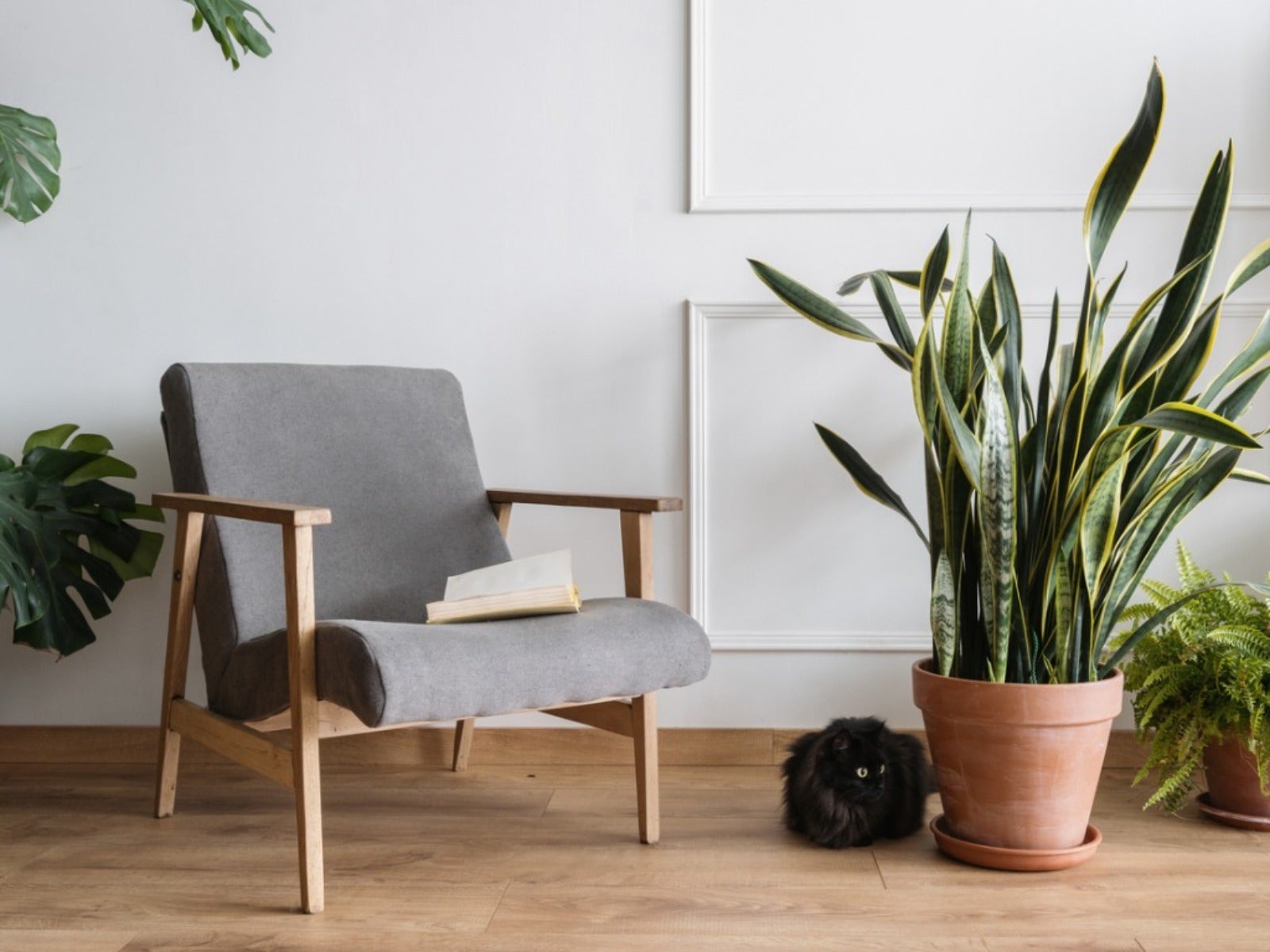 8 Easy Care Houseplants That Live A Long Time
8 Easy Care Houseplants That Live A Long TimeClick here to learn about our 8 favorite low maintenance houseplants that can, with proper care, live a long time.
By Amy Grant
-
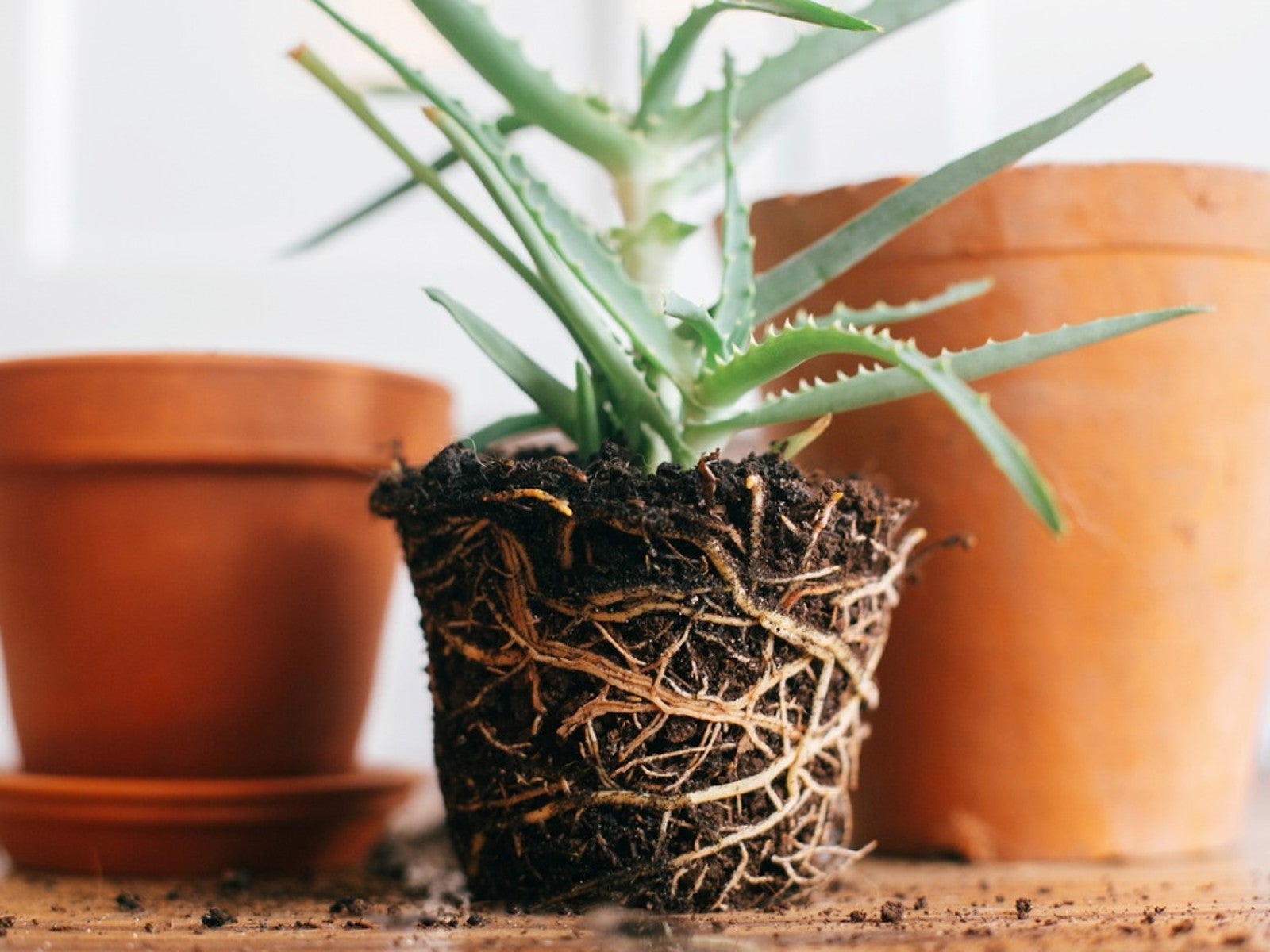 How Often Should You Repot Plants?
How Often Should You Repot Plants?Escaping roots and shrinking leaves may mean your plant wants a new pot, but some like staying cramped and cozy.
By Mary Ellen Ellis
-
 Orange Flowering Houseplant Varieties With Tropical Flair
Orange Flowering Houseplant Varieties With Tropical FlairClick here to learn about some cheerful orange-blooming houseplants you can try growing.
By Mary Ellen Ellis
-
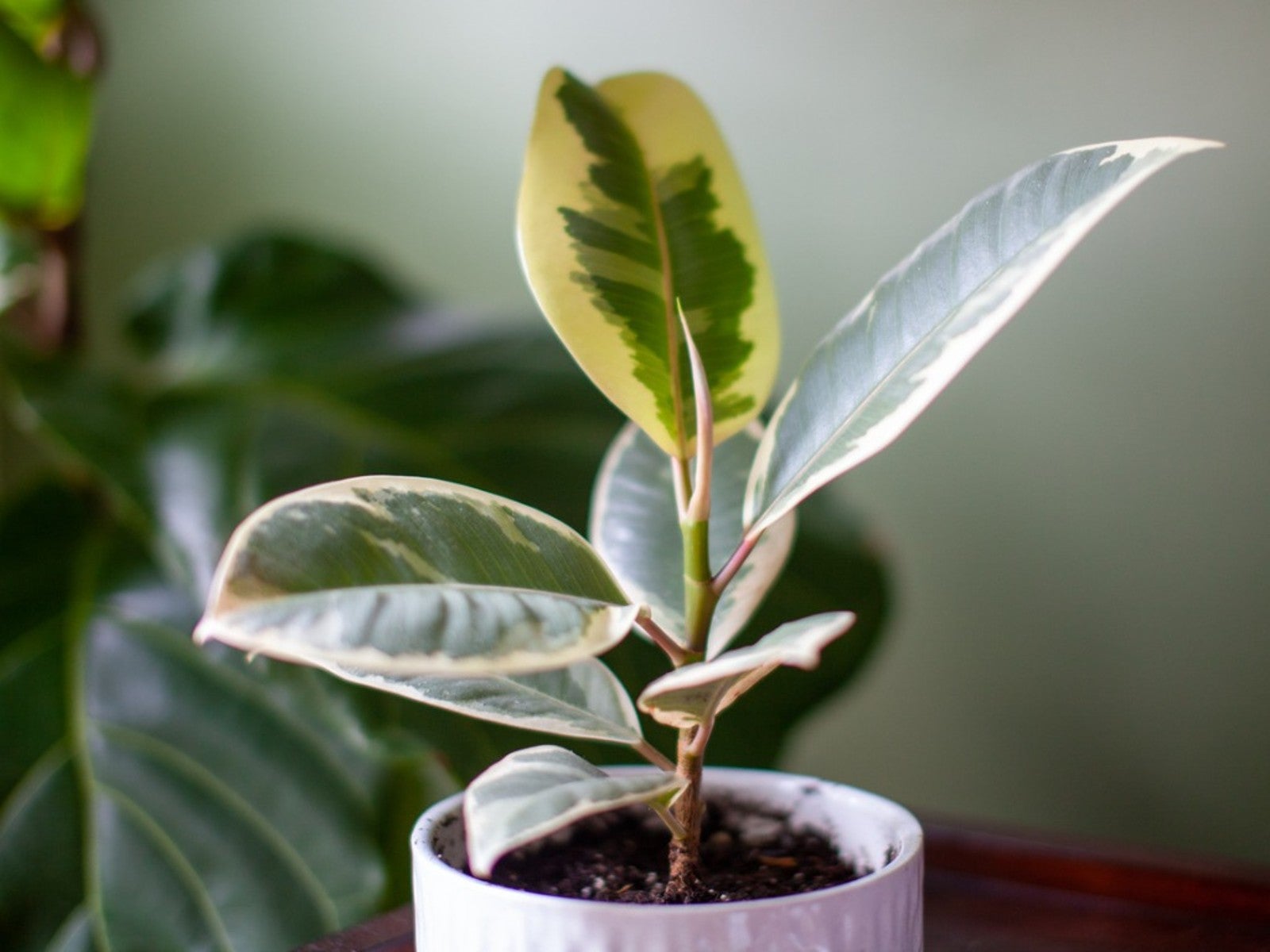 Variegated Houseplants With Lovely Leaves
Variegated Houseplants With Lovely LeavesWhat are some of the best variegated houseplants to add to your collection? Click here to find out.
By Amy Grant
-
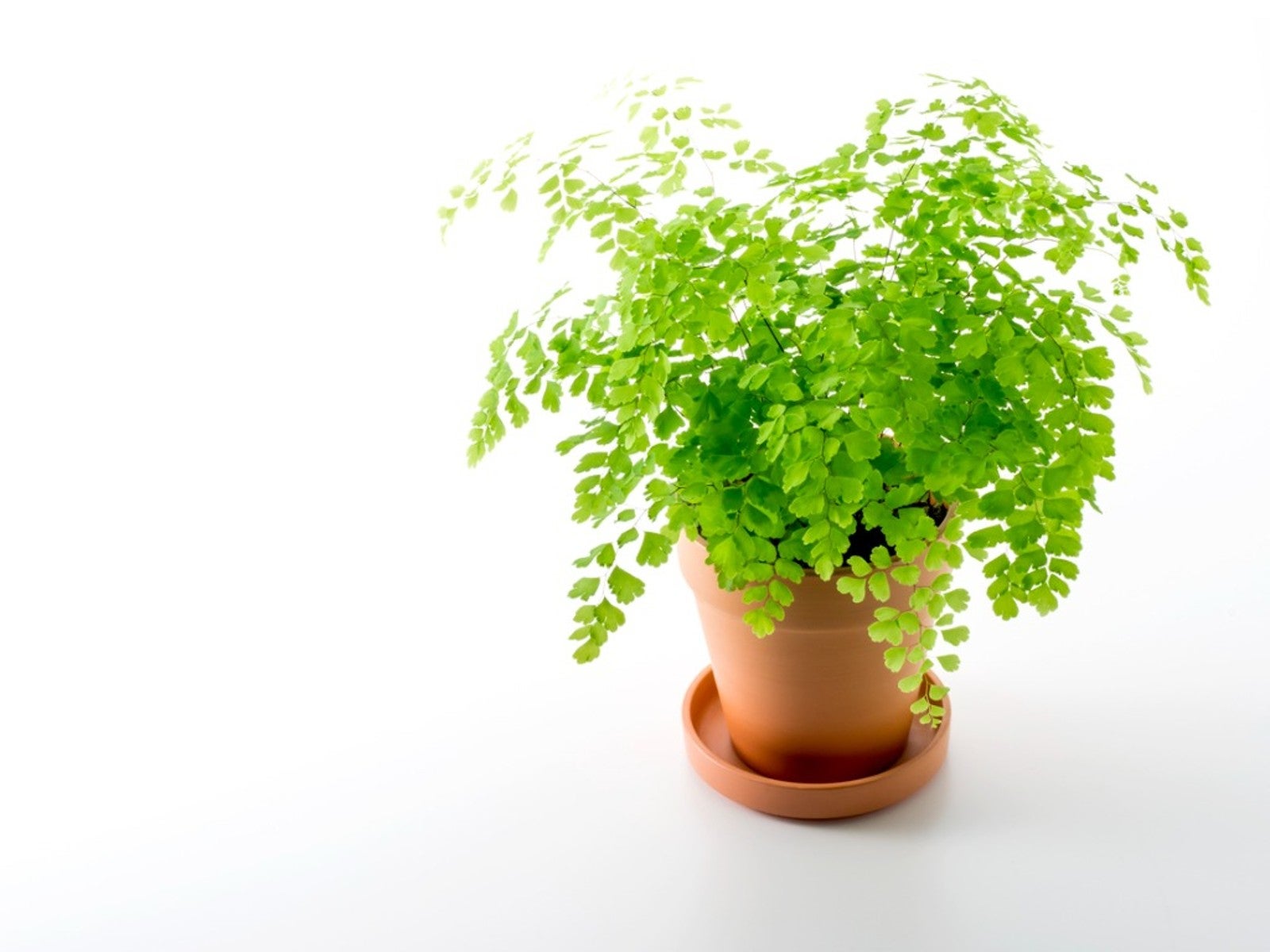 Lovely, Lacy Indoor Foliage Plants
Lovely, Lacy Indoor Foliage PlantsClick here to learn about some houseplants with lacy foliage to add to your collection.
By Mary Ellen Ellis
-
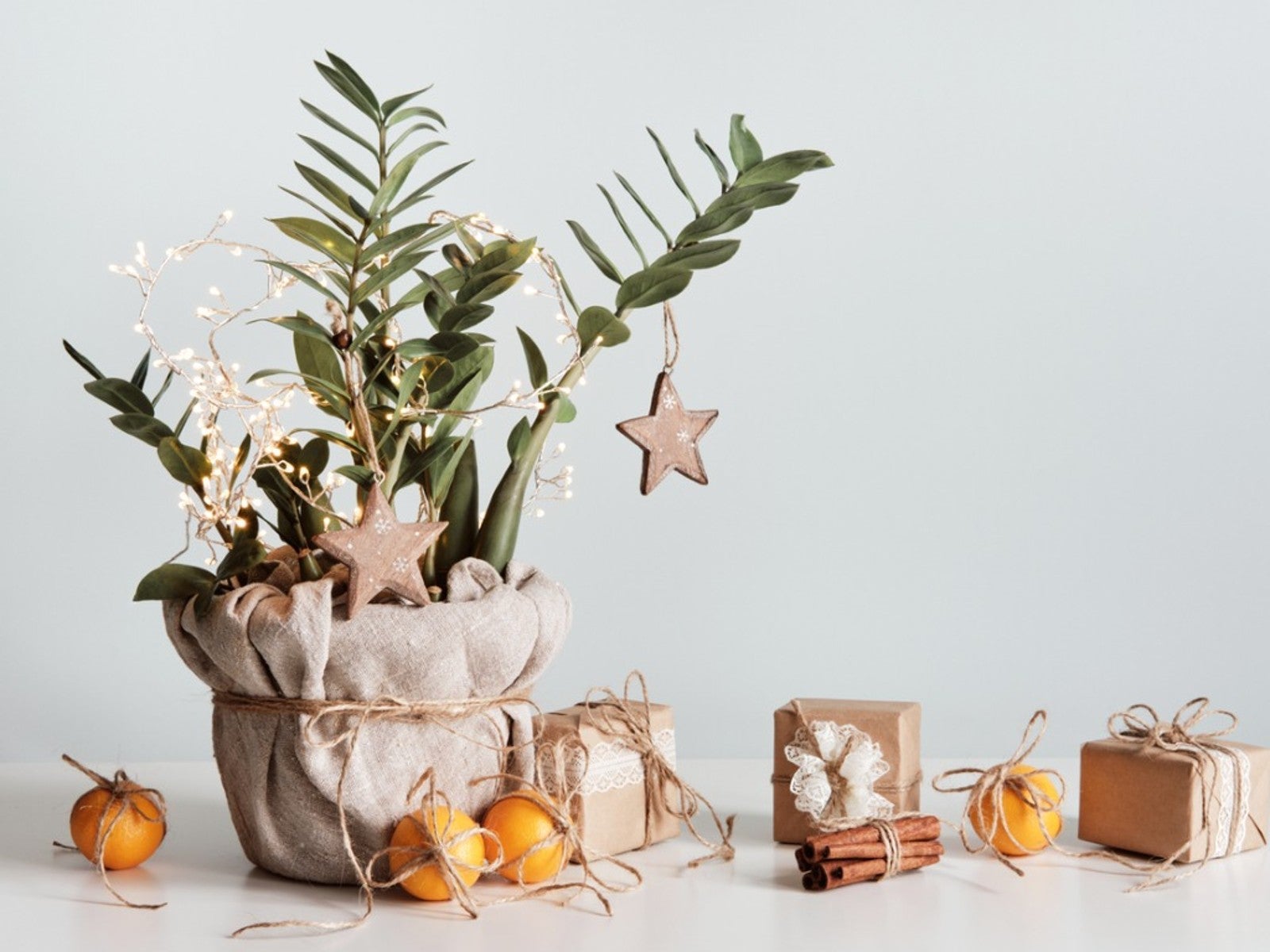 Best Christmas Houseplants And Plants For Winter Holidays
Best Christmas Houseplants And Plants For Winter HolidaysClick here for an idea of the best houseplants to use for holiday décor for Christmas, Hanukkah, Kwanzaa, and New Year’s.
By Laura Miller
-
 Best Big Houseplants To Create An Indoor Oasis
Best Big Houseplants To Create An Indoor OasisIf you have the space you may want to grow some large houseplants. Here are some ideas.
By Mary Ellen Ellis
-
 Relaxing Plants To Grow Indoors For A Calmer Mind
Relaxing Plants To Grow Indoors For A Calmer MindAre there houseplants that can help you to relax? Click here to find out.
By Laura Miller